How to Organize Kitchen Appliances — 7 Expert Tips That Will Help You Keep Those Bulky Items Neat and Tidy
Keep your smart appliances in an orderly fashion and top form with these handy tricks from the pros
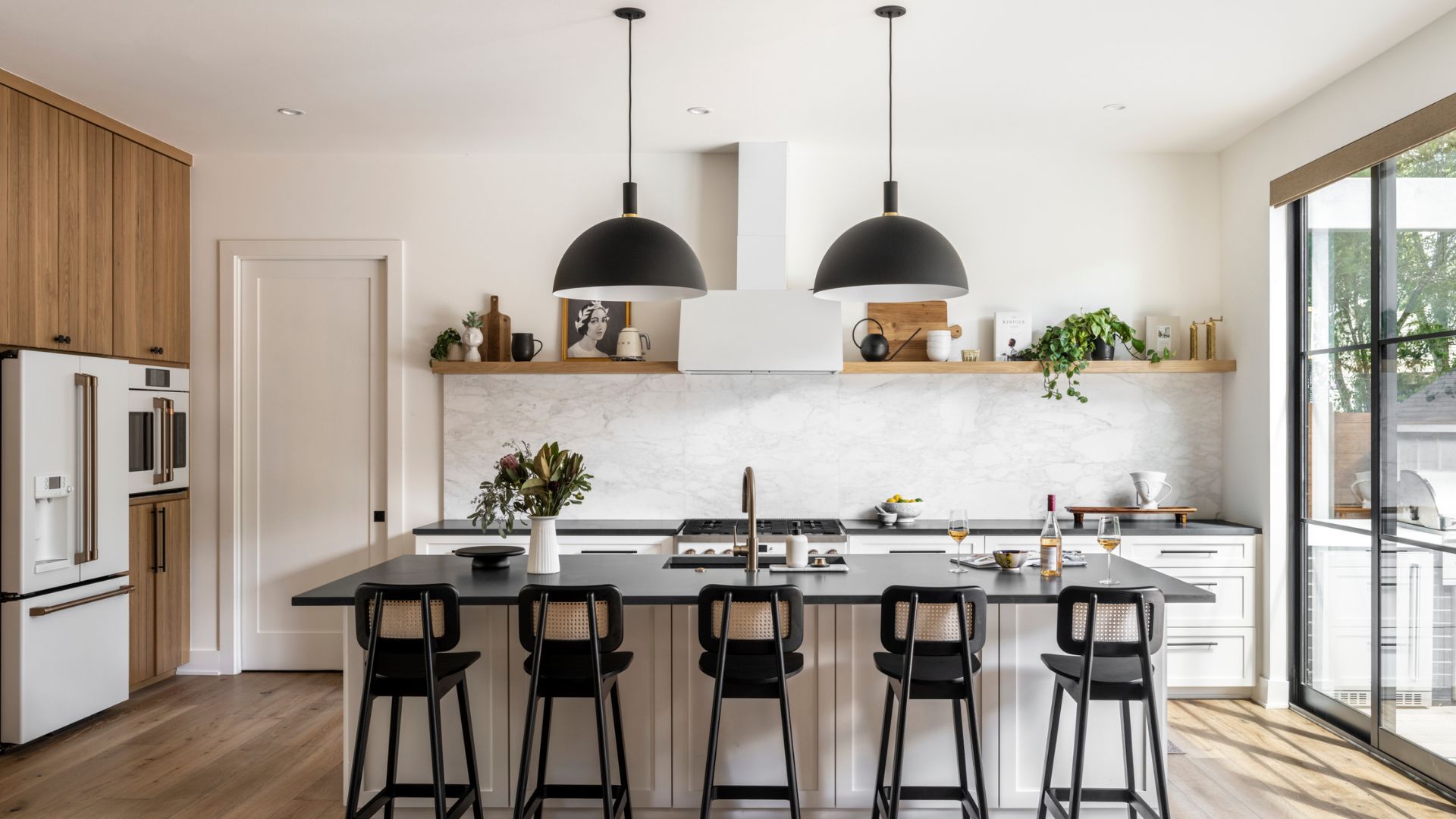

If you're anything like me, and you really don't like the look of countertops cluttered with kitchen appliances, then it's time to do something about it. Often, with appliances, cords end up tangled together, unused items gather dust and debris, and the bulkiness of many appliances on one surface rapidly fills up the space, so it's visually busy as well as harder to clean.
There are ways to organize your kitchen and kitchen appliances, though, so you can still make the most out of using your gadgets minus the consistent eyesore they can cause in your kitchen space.
Here, I talked to professional organizers to gather their tips and tricks for organizing kitchen appliances in storage and on display. From now on, you'll know exactly how to optimize your space and keep your appliances in prime condition.
1. Keep what you use frequently on your counters

It can be tough to organize your kitchen in one day, but it isn't impossible. One thing's for sure, though: if you use something frequently, it doesn't make sense to put it away. Imagine organizing your kitchen so items like your cutlery were stashed in storage high up in your pantry or kitchen cabinets — you would be left staining to reach them multiple times per day, which would get tiring!
Mary Jo Contello, certified professional organizer and owner of Organized By MJ, says, "I believe in keeping appliances out and accessible that are used daily like a coffee maker or toaster. These appliances should be easy to access, and tucking them away after every use isn't the most practical."
If you hate the way appliances are used on your counter, even the ones you reach for on a daily basis, it might be worth investing in a new kitchen storage idea to make the area where they sit more appealing. I like this stove top cover extra large bamboo cutting board from Amazon as something to place underneath appliances to give them a designated space. If they are given a designated space to sit, they will be anchored to that area and look less out of place on a countertop.
Amazon's HOOBRO bakers rack with power outlet is another option for those who really don't want appliances on their counters full-time. This way, you don't have to put your appliances away in your kitchen every time you aren't using them — you can place them here, and your microwave will even be perfectly usable while sat on this rack.
2. Use cord organizers
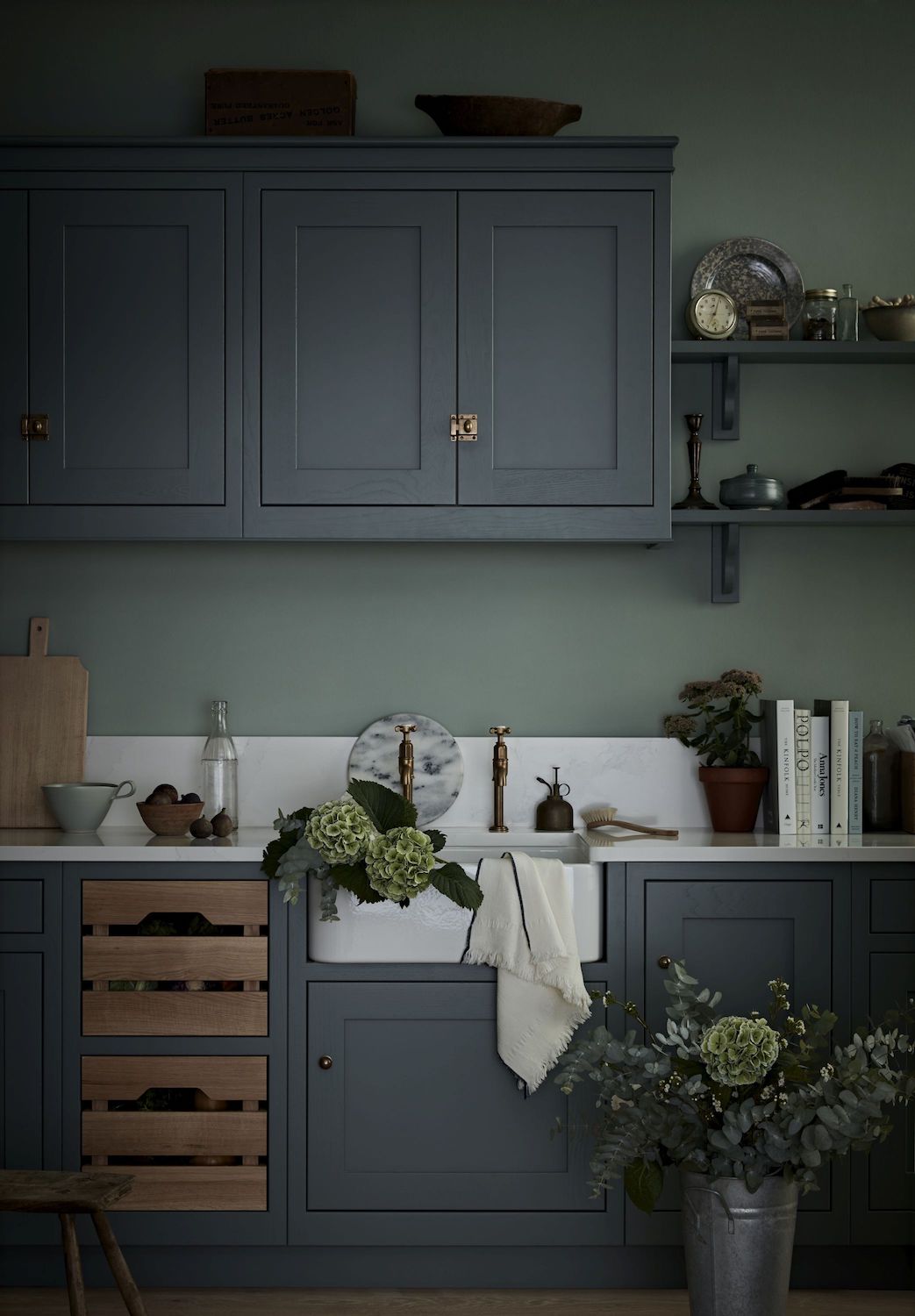
Cords seem to find their way anywhere and everywhere unless they are kept under control, leading to stress, increased difficulty in using what we own, and potentially even damage occurring to the electricals of our appliances — especially in a small kitchen.
Mary says, "I love to put appliance cord organizers on my gadgets. This helps keep the cords contained, and you don't have to worry about other things being wrapped around the cord. They keep everything very tidy."
Cord organizers such as the upgraded kitchen 8-pack of cord organizers from Amazon are incredibly easy to use, and you may even recognize them from the side of other appliances you own, like vacuums. You simply suction the organizer to the side of your appliance and use it to wrap your appliance's cord around when it's not in use. This will keep everything neatly close to the appliance itself, preventing tangles and giving your appliances a more uniform look in the kitchen.
3. Place heavy, unused appliance onto low shelves
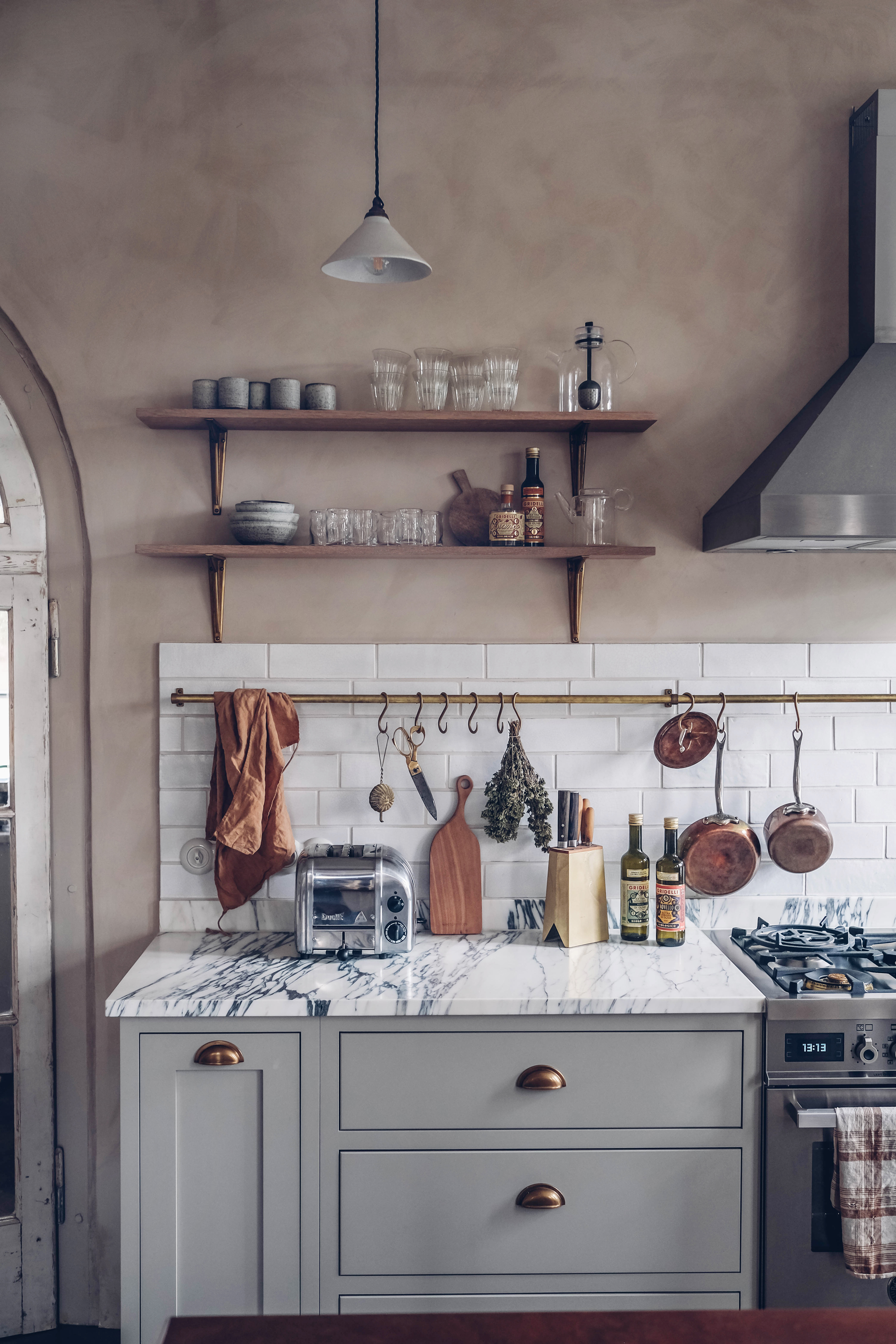
Keeping our heavier, lesser-used kitchen appliances out on kitchen countertops can be tempting because we don't want the hassle of lifting them out of storage when we eventually need them again. However, if these kitchen appliances have been sitting there for a while gathering dust, it's best to place them in an accessible storage location so they aren't taking up valuable kitchen space when not in use.
"If you have something like a heavy kitchen aid mixer that you use all the time, maybe it lives on the counter," says Mary. "But if you only use it a couple of times a year, then it could live on the floor, on a lower shelf in the pantry, or in the back of a lower kitchen cabinet."
Placing heavy items on low shelving makes them easier to lift back out of storage and prevents the risk of dropping heavy items while reaching for them in higher storage locations.
4. Use storage bins for appliances with multiple parts
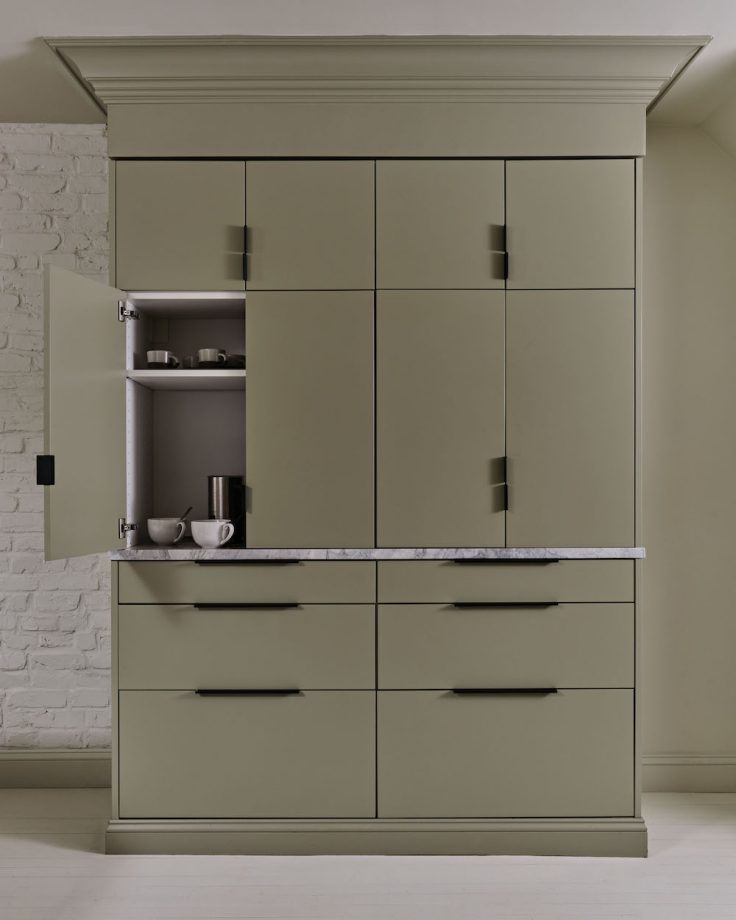
After hearing this idea for a super organized kitchen suggested by professional organizers Mary and Ben Soreff, House to Home Organizing — I plan to pick up some little storage baskets to accompany my portable blender. I frequently lose the pieces it comes with so baskets are a good call.
Mary says, "Something like a Vitamix or food processor that have lots of parts should be stored in a place where you can put all the pieces aka accessories together. I typically put all the pieces/accessories in a storage bin next to the base."
Ben echoes this, saying, "Kitchen appliances often come with extra parts or speciality attachments. These seldom-used parts can live in a bin in storage so they don't get lost."
The iDesign Linus RPET stackable storage bins from The Container Store are a good choice for this and can be used as handy pantry organization ideas. They are made from a material that is easy to wipe clean — an important factor to always assess when storing items that get covered in food. The fact they are clear will allow you to easily see where your appliance accessories and attachments are at all times.
If you have a lot of appliance pieces to store and wish for definite clarity on what is where, we recommend going a step further and labeling your storage bins with their contents.
The all purpose rectangular labels from Target will do the trick, plus they are easy-peel in case they require removing. If you're looking for something different though, the Avery chalkboard labels from Walmart are fun and reminiscent of when people would write their grocery lists and meal plans on a kitchen chalkboard.
5. Use a turning table for small appliances
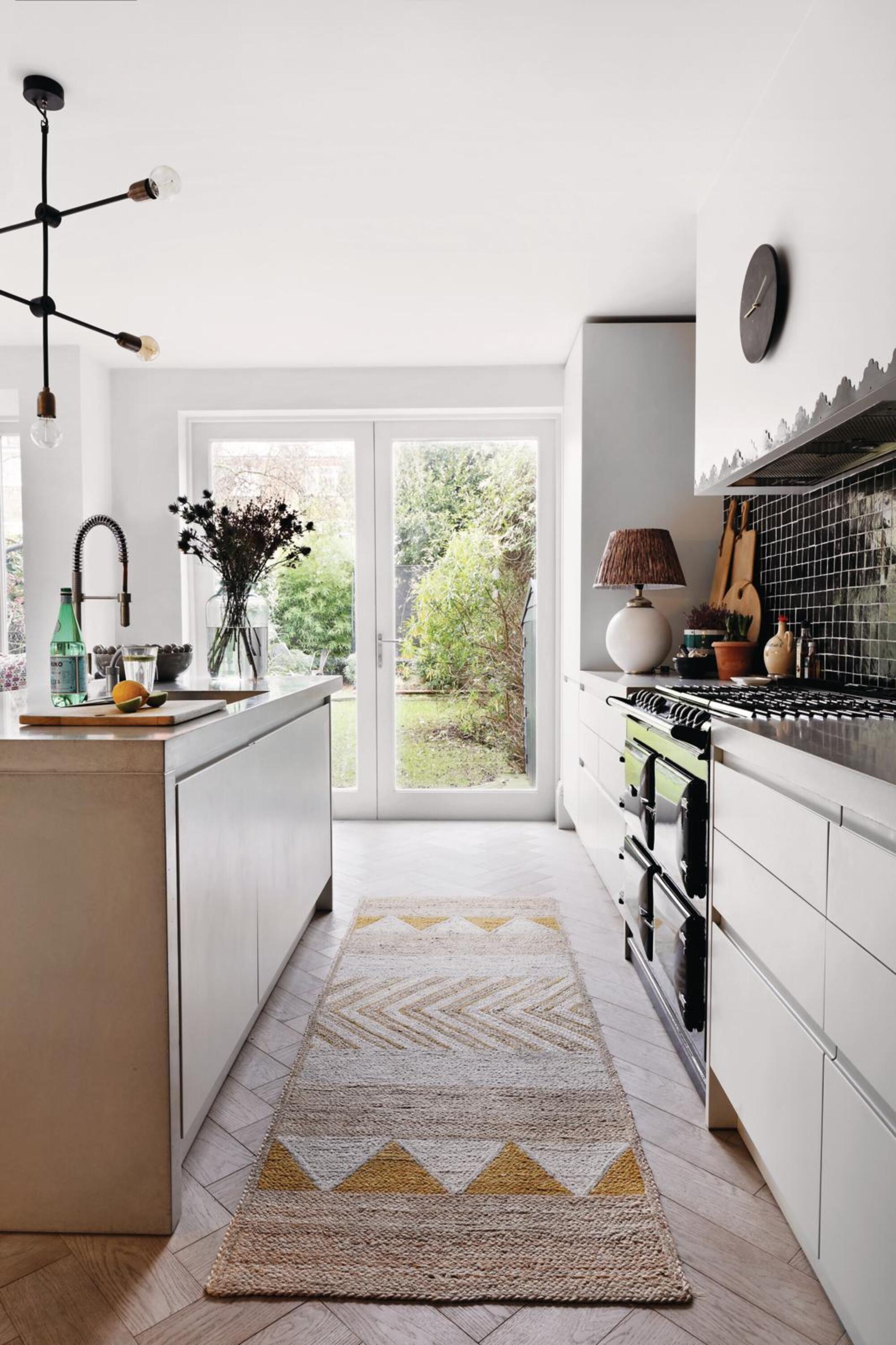
Some appliances, especially portable ones and little gadgets like handheld milk frothers, are among the most often lost appliances in people's households. Due to this, they often end up sitting on a countertop or thrown together in a large drawer out of fear of never being seen again.
The best solution to organize your smaller, lesser-used kitchen appliances is to invest in a turntable, or "lazy Susan" such as the SUPTREE clear rotating lazy sustan turntable or the TB Home 10" bamboo lazy susan kitchen turntable, both from Walmart.
"Many modern kitchens have an appliance garage, but if yours doesn't, using a turntable or turnstile is a great idea," says Ben. The turntable sits on a shelf or inside of a cabinet space and your appliances neatly sit on top of it. When you need to access the appliances at the back, the table can rotate entirely around, making them easy to reach despite being small and stored away.
"Especially since anything small we store runs the risk of disappearing or get stuck, a lazy Susan can be a very helpful addition to a kitchen's organization."
If you're still worried about losing your smaller appliance parts, you could make it a part of your Sunday reset routine to tidy up your lazy Susan so it's freshly organized and everything is accounted for prior to a new week beginning.
6. Store away your seasonal appliances
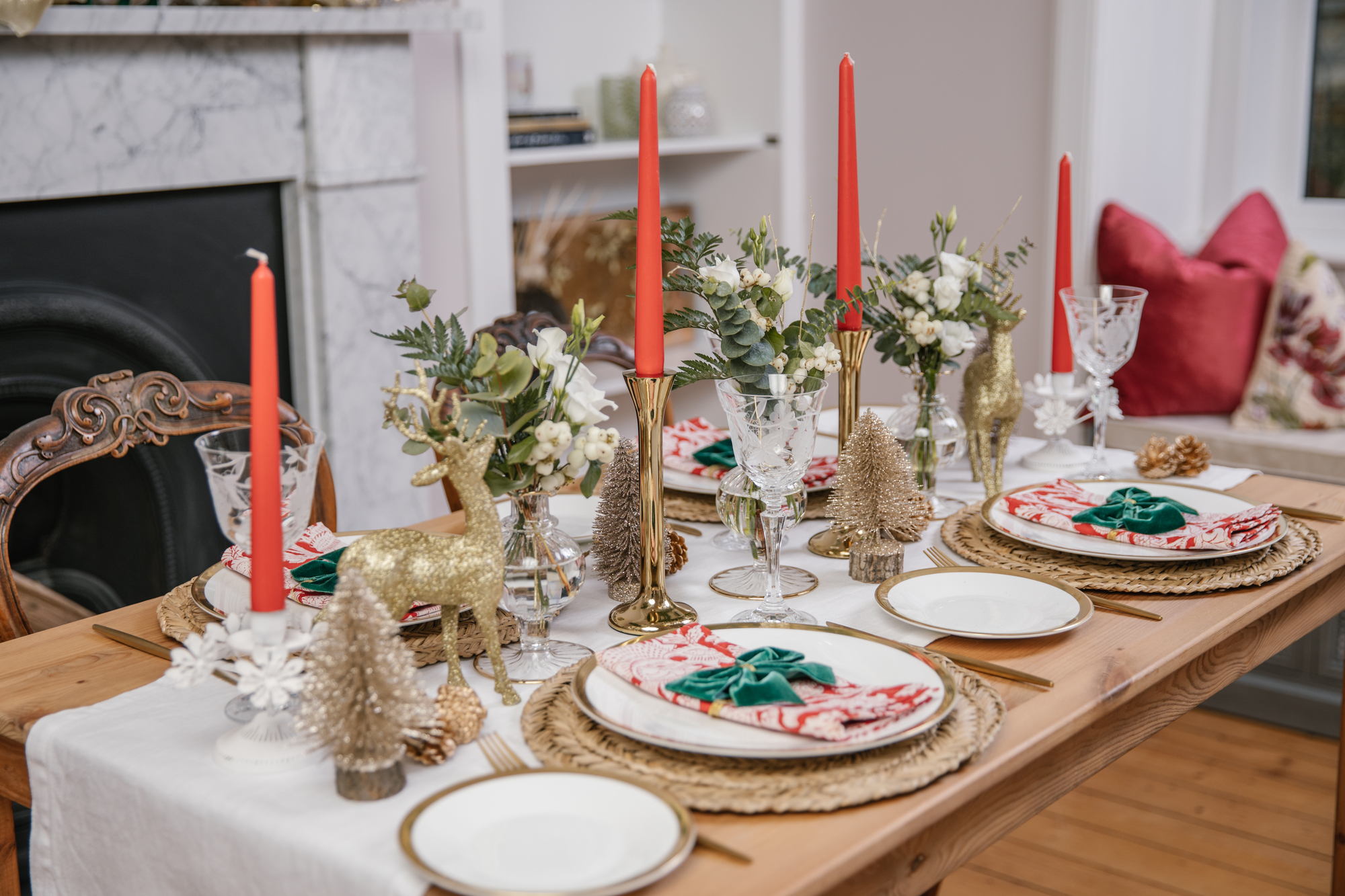
The vast majority of people have items they only use in their kitchen for special occasions: guest places for the holidays, a jam-making kit for the summer when berries bloom in abundance, and large roasting trays for Christmas dinner.
So, if you have appliances that you only need a few times a year, it's best to neatly organize those away into a remote area of your kitchen cabinets to optimize vertical storage and save valuable space that's useful to have available for your daily goods.
"The things we don’t use frequently, we should store more remotely," says Ben. "If we are talking about the kitchen specifically, then items like entertaining or holiday serving (Thanksgiving platters) can live in higher-up compartments of our storage units."
7. Utilize your kitchen's run-off area (if it has one)
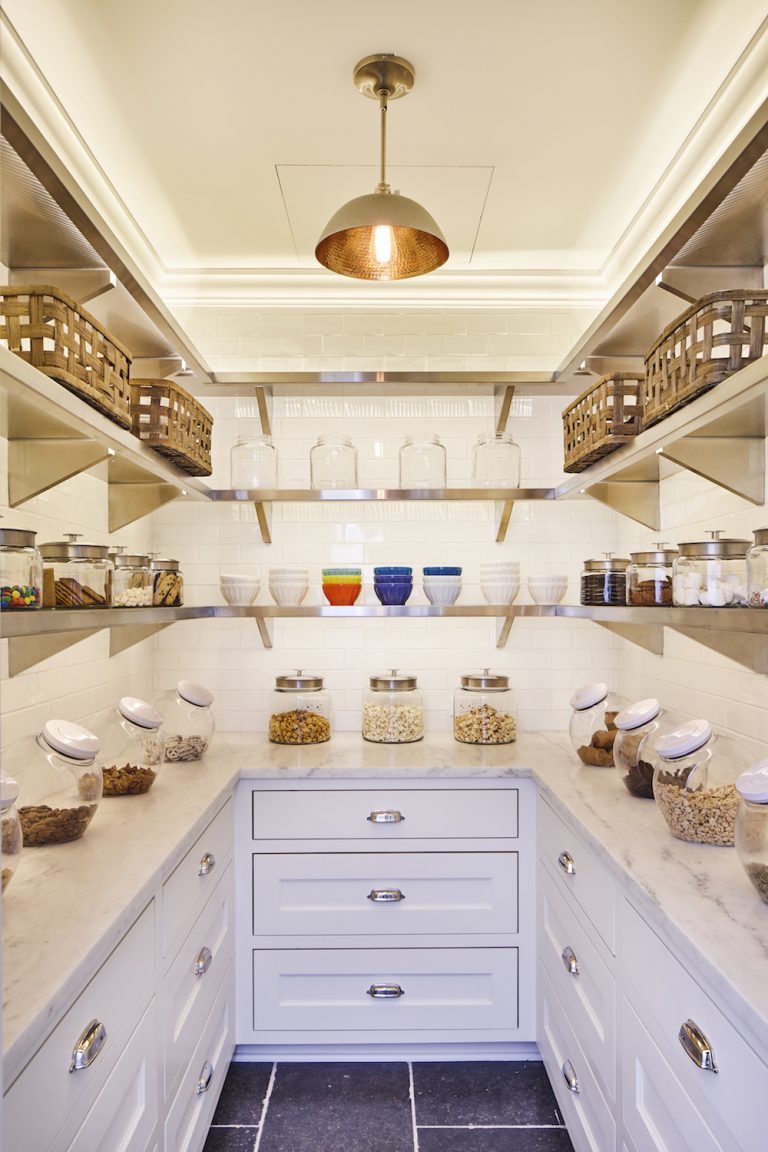
Lastly, if your kitchen has a run-off area or basement, make sure to utilize it when organizing your lesser-used kitchen appliances. The top and very bottom shelf space of your pantry are great places to let your appliances hibernate as an alternative, but in a kitchen basement, you can designate whole shelves to kitchen appliances that see very little daylight with no worry about space in your kitchen itself being used.
"Appliances can live in the pantry if there is room or in the kitchen run-off area in the basement storage section," says Ben.
If you'd rather keep your basement items more tucked away and one-hundred per cent sealed from dust, the clear weathertight totes with handles from The Container Store are ideal.
FAQs
What is the correct placement of kitchen appliances?
Your most commonly used appliances should be placed on your kitchen countertops for easy access. If these are tucked away elsewhere, you will have to reach for them multiple times per day which isn't practical and will get tiresome.
Your heavy kitchen appliances that are rarely used are a great candidate for your kitchen's basement or the lower shelves of your pantry. Placing heavy items on low shelving reduces the strain on your storage from the weight, as well as helps you to lift them out with less strain on your body, too.
Appliances used only around special occasions can be stored away in the same place as heavier items, or if they aren't too heavy up high in your pantry shelf system. This way, you reduce visual clutter and know where the items are — all in one place — so there will be less stress on your plate when it comes time to host again.
Be The First To Know
The Livingetc newsletters are your inside source for what’s shaping interiors now - and what’s next. Discover trend forecasts, smart style ideas, and curated shopping inspiration that brings design to life. Subscribe today and stay ahead of the curve.

Ciéra is a writer and regional laureate with particular passions for art, design, philosophy and poetry. As well as contributing to Livingetc, she's an Editorial Assistant for Design Anthology UK and a contributing writer for Homes & Gardens and Apartment Therapy. Previous commendations of hers include being Highly Commended by The Royal Society of Literature and receiving a prestigious MA Magazine Journalism scholarship to City, University of London.
-
 The Weighted Blanket That Doesn’t Make You Sweat (and the Eye Mask to Match)
The Weighted Blanket That Doesn’t Make You Sweat (and the Eye Mask to Match)Luxury has weight. And apparently, volcanic minerals
By Julia Demer
-
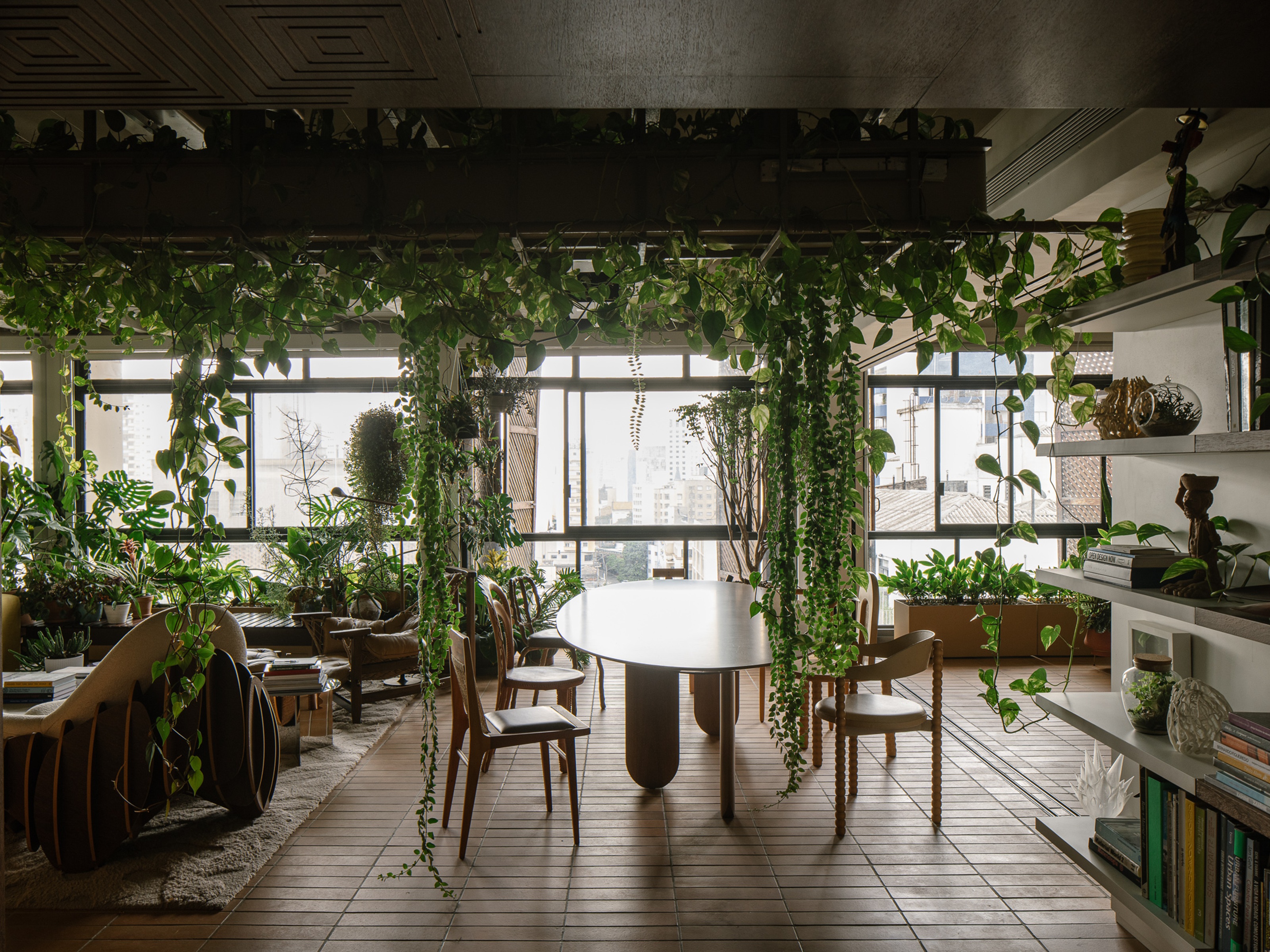 What Is Biophilic Interior Design? I'm an Actual Biophilic Designer, and This Is How to Apply It to Your Home
What Is Biophilic Interior Design? I'm an Actual Biophilic Designer, and This Is How to Apply It to Your HomeA biophilic designer explains the core principles of this practice, and the easy ways you can apply it to your home's design
By Marianna Popejoy
-
 These Are the Dos and Don'ts of Bamboo Plant Placement — Follow This to Avoid Bad Feng Shui
These Are the Dos and Don'ts of Bamboo Plant Placement — Follow This to Avoid Bad Feng ShuiBy following the experts' guidance on where to place this houseplant you can usher luck, wealth, and prosperity into your home
By Lilith Hudson
-
 Is It Okay to Have a Mirror Facing a Door in Feng Shui? The Verdict Is In and It Just Might Surprise You
Is It Okay to Have a Mirror Facing a Door in Feng Shui? The Verdict Is In and It Just Might Surprise YouDecorating your home with mirrors calls for intention if you're dressing your space in accordance with Feng Shui. Here's what you should know.
By Amiya Baratan
-
 4 Things to Unpack as Soon as You Move House — For a Comfortable and Organized Fresh Start
4 Things to Unpack as Soon as You Move House — For a Comfortable and Organized Fresh StartIf you have a major move in the works and you're looking to prepare in advance, this is the starter kit you need to properly set up your new home.
By Amiya Baratan
-
 10 Decluttering Challenges to Have on Your Radar This Year — For a Tidier, More Mindful Home
10 Decluttering Challenges to Have on Your Radar This Year — For a Tidier, More Mindful HomeIf you're interested in transforming your home for the better, here are 10 decluttering challenges I recommend for a professionally tidy space.
By Amiya Baratan
-
 Biophilic Decluttering — What to Take Out of Your Home (and What to Put in) for a More Natural Home
Biophilic Decluttering — What to Take Out of Your Home (and What to Put in) for a More Natural HomeTry your hand at biophilic decluttering to ground your interiors, connect to the environment, and cure chronic clutter in one go. Here's how.
By Amiya Baratan
-
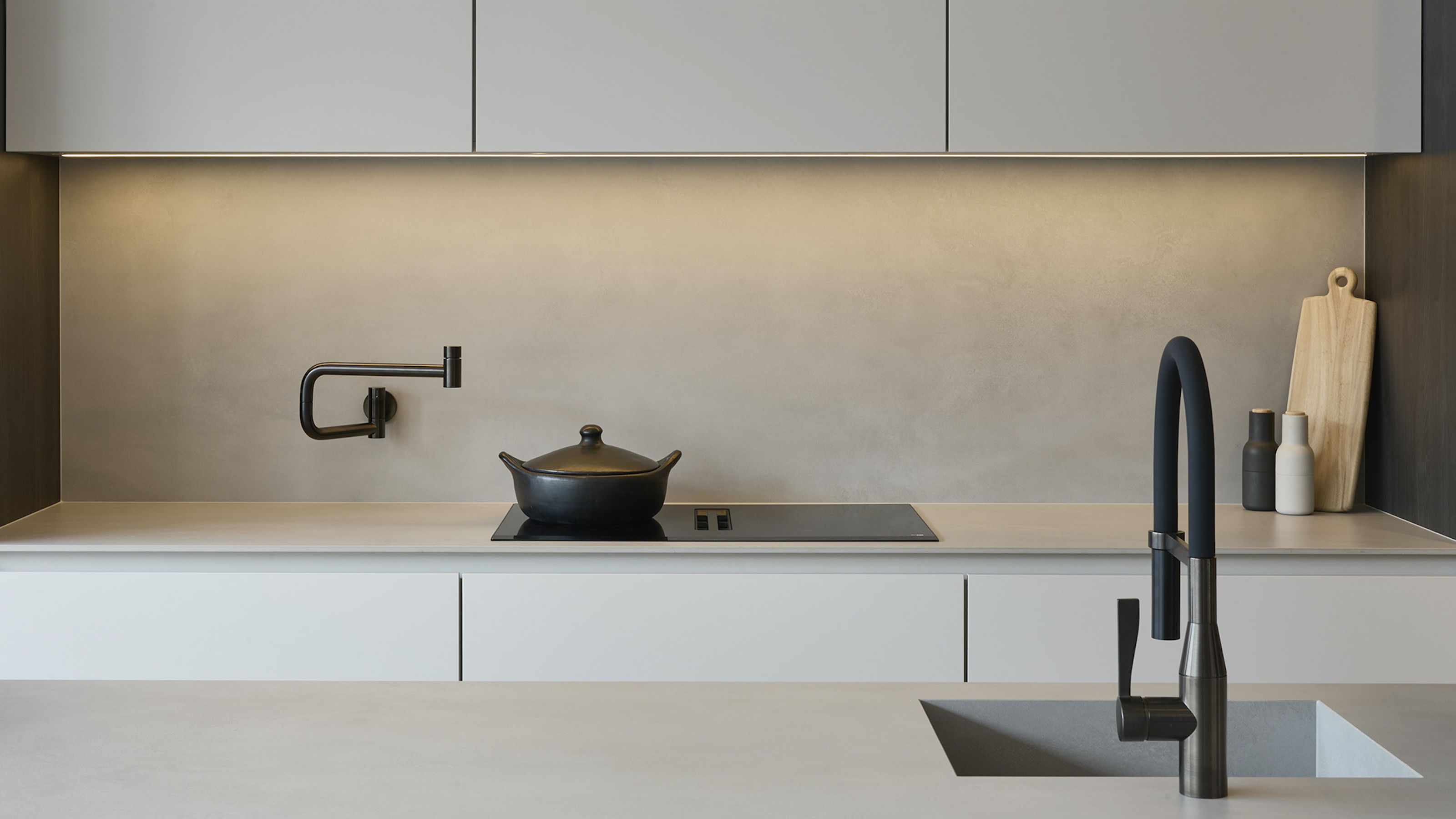 The 10 Different Types of Kitchen Taps — And the Pros and Cons of Each One to Know Before You Pick
The 10 Different Types of Kitchen Taps — And the Pros and Cons of Each One to Know Before You PickFrom sleek pull-outs to vintage bridge taps, explore 10 kitchen tap styles that mix function, flair, and a splash of cool
By Linda Clayton
-
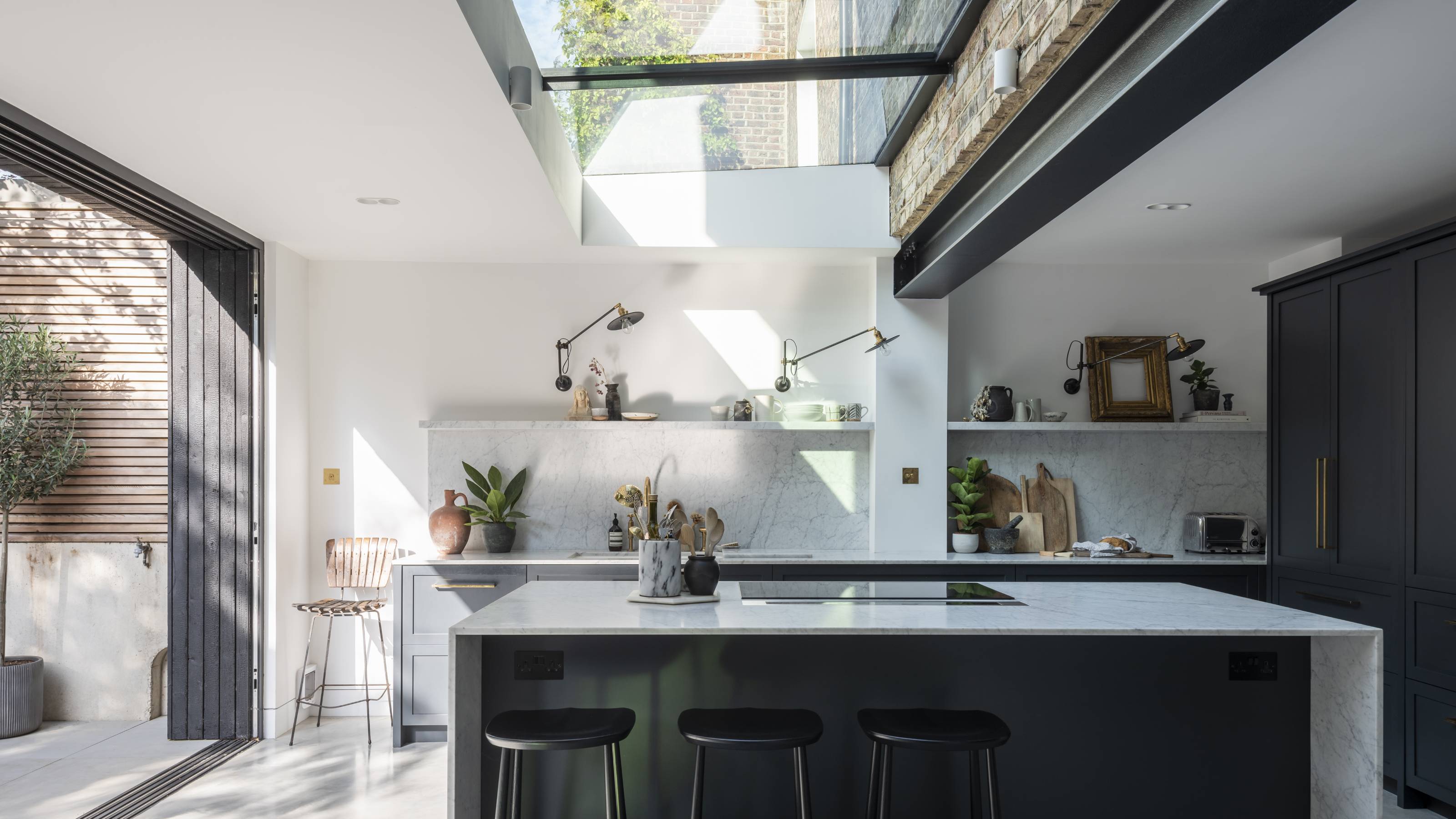 How Much Does an Extension Cost in 2025? Renovation and Design Experts Break Down Your Budget
How Much Does an Extension Cost in 2025? Renovation and Design Experts Break Down Your BudgetExplore how much different types of extensions cost in 2025 to budget for your project accurately
By Amy Reeves
-
 9 Bathroom Storage Mistakes You're Probably Making That Make Using This Space Much Harder — And What to Do Instead
9 Bathroom Storage Mistakes You're Probably Making That Make Using This Space Much Harder — And What to Do InsteadDiscover which mistakes are to blame for your overcrowded and cluttered bathroom
By Seraphina Kyprios